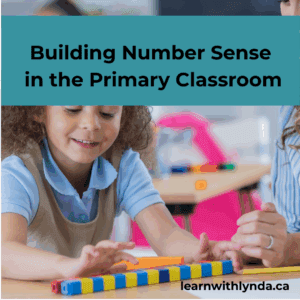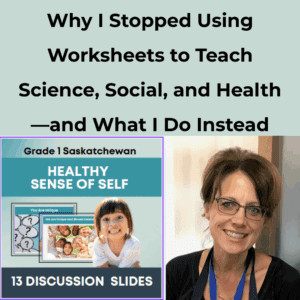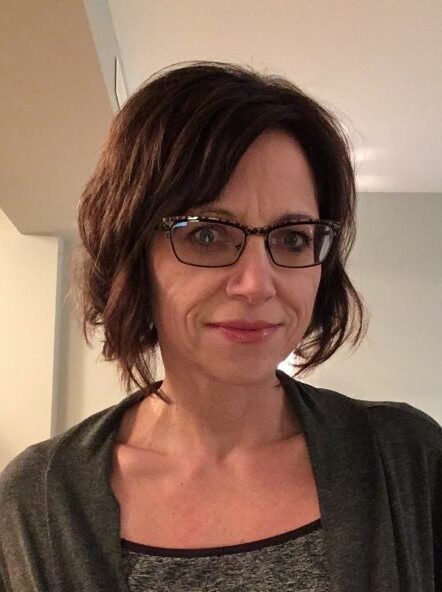As educators and parents, we know how powerful playful, hands-on learning experiences can be. In my Grade 1 classroom, these experiences support the Saskatchewan Mathematics curriculum outcomes, especially in the Shape and Space strand.
When young children explore three-dimensional (3-D) shapes with their hands — touching, building, sorting — they don’t just memorize names: they understand.
Read on to find out why this learning approach matters and what it looks like in practice.
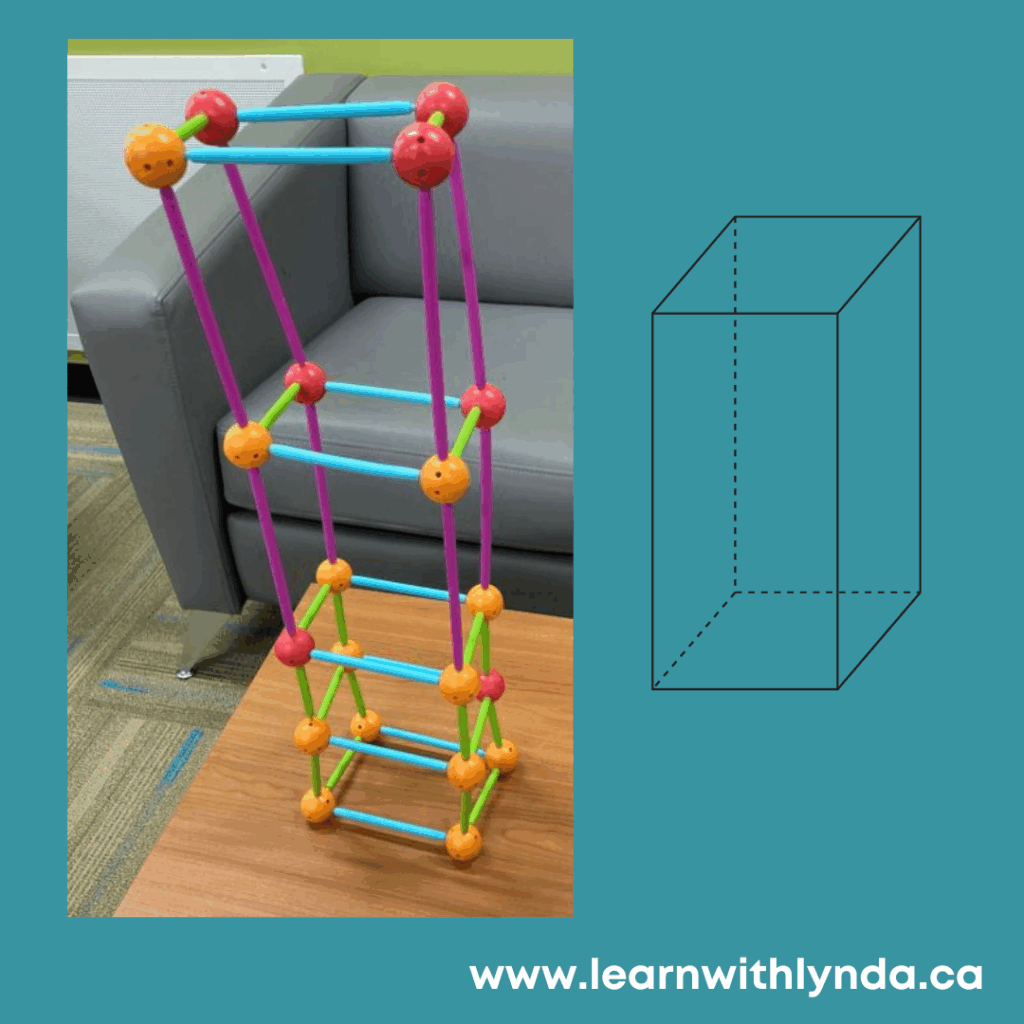

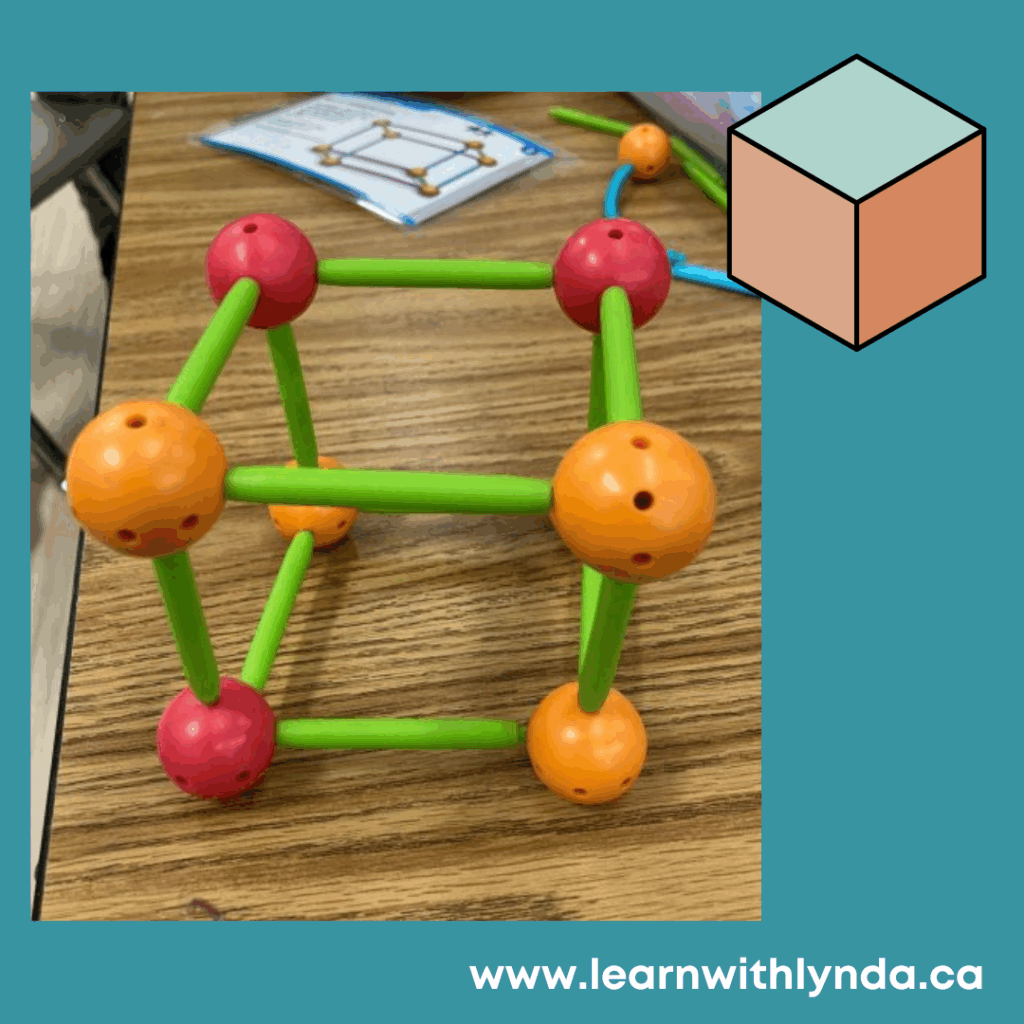
Connecting to the Saskatchewan Grade 1 Math Curriculum
According to my Saskatchewan Grade 1 mathematics outcomes, students should be able to:
- Sort 3-D objects and 2-D shapes using one attribute, and explain the sorting rule.
- Replicate composite 2-D shapes and 3-D objects.
- Compare 2-D shapes to parts (faces) of 3-D objects found in the environment.
These outcomes go beyond simply naming the shapes. They encourage children to physically manipulate them, reflect on their attributes, and make connections between flat shapes and solid objects.
The Benefits of Hands-On Learning
- Deepens Conceptual Understanding
When children hold a cube, a cylinder, or a cone, they can feel faces, edges, and vertices. This sensory experience helps them internalize what makes each shape unique. Rather than just calling something a “sphere,” they learn that it rolls smoothly in every direction, because it has no edges or faces. - Builds Spatial Reasoning
By manipulating shapes (stacking blocks, building towers, or combining shapes to make new ones) students develop spatial awareness. They begin to understand how 2-D shapes (like squares or triangles) can make up the faces of 3-D objects. - Supports Curriculum Outcomes Naturally
Hands-on tasks help meet the Saskatchewan curriculum’s specific outcomes in an age-appropriate way. For example, when children sort objects, they might group them by shape (all cubes together) or by number of faces. Then, they articulate the rule they used (“I put all the ones with six flat faces in one group”). This explanation corresponds with an outcome in the Saskatchewan curriculum.
Other experiences also support my curriculum. For example when they replicate composite shapes, a child builds a “house” using a triangular prism and a rectangular prism, they are replicating composite shapes – another outcome.
And when they compare 2-D shapes to parts of 3-D objects, they can trace or draw faces of real objects around the room they are also demonstrating an outcome.
- Encourages Mathematical Language
As students sort and build, they use and hear rich vocabulary: face, edge, vertex, base, curve, flat, side. They learn more naturally than through rote memorization. When they explain how they sorted, they practice using academic language and reasoning. - Fosters Engagement Through Play
Young learners love to play — and play motivates! Activities like building with playdough, felt shapes, wooden blocks, or recycled materials turn math into a joyful, creative exploration.
- Promotes Transfer to Real Life
With concrete 3-D objects, children make connections to the world around them. They recognize shapes in everyday environments: a cereal box is a rectangular prism, a ball is a sphere, a cup is a cylinder. This meets the expectation of comparing 2-D shapes to parts of real 3-D objects.
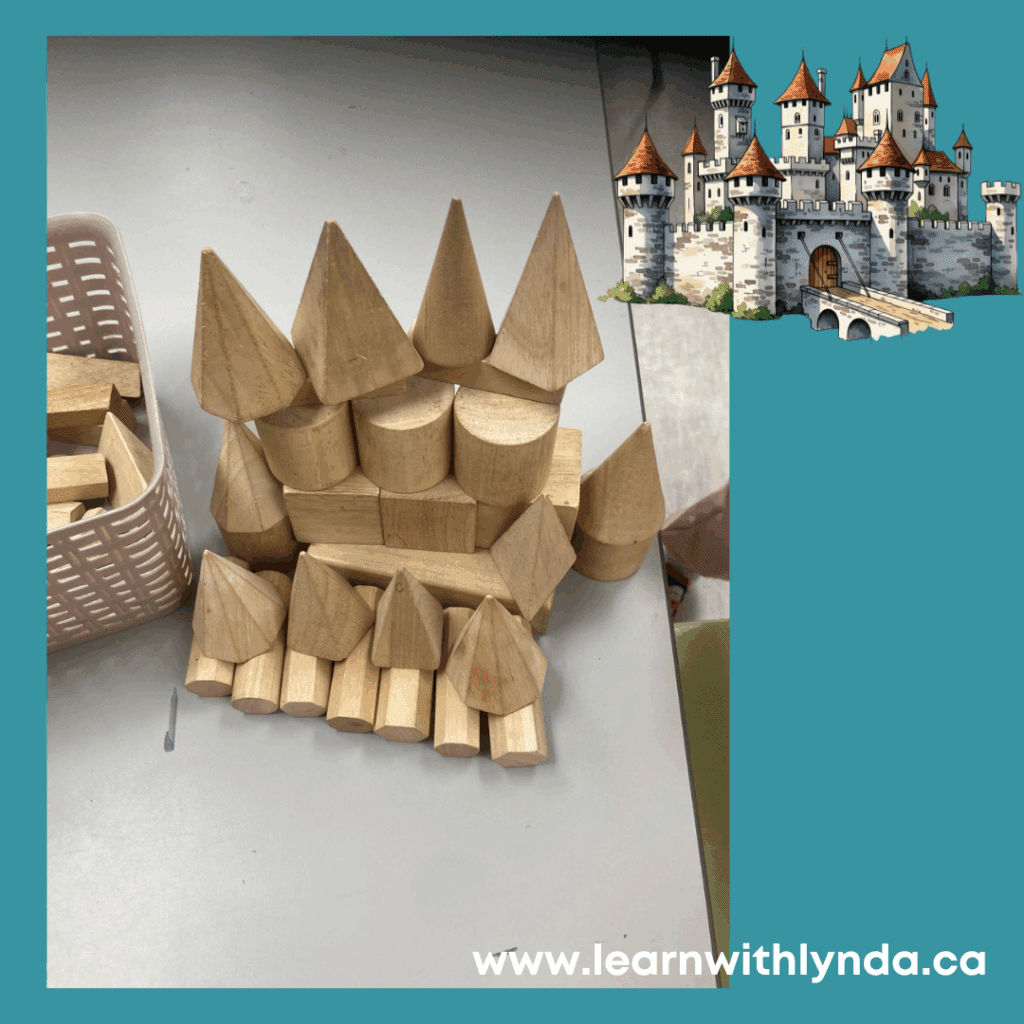

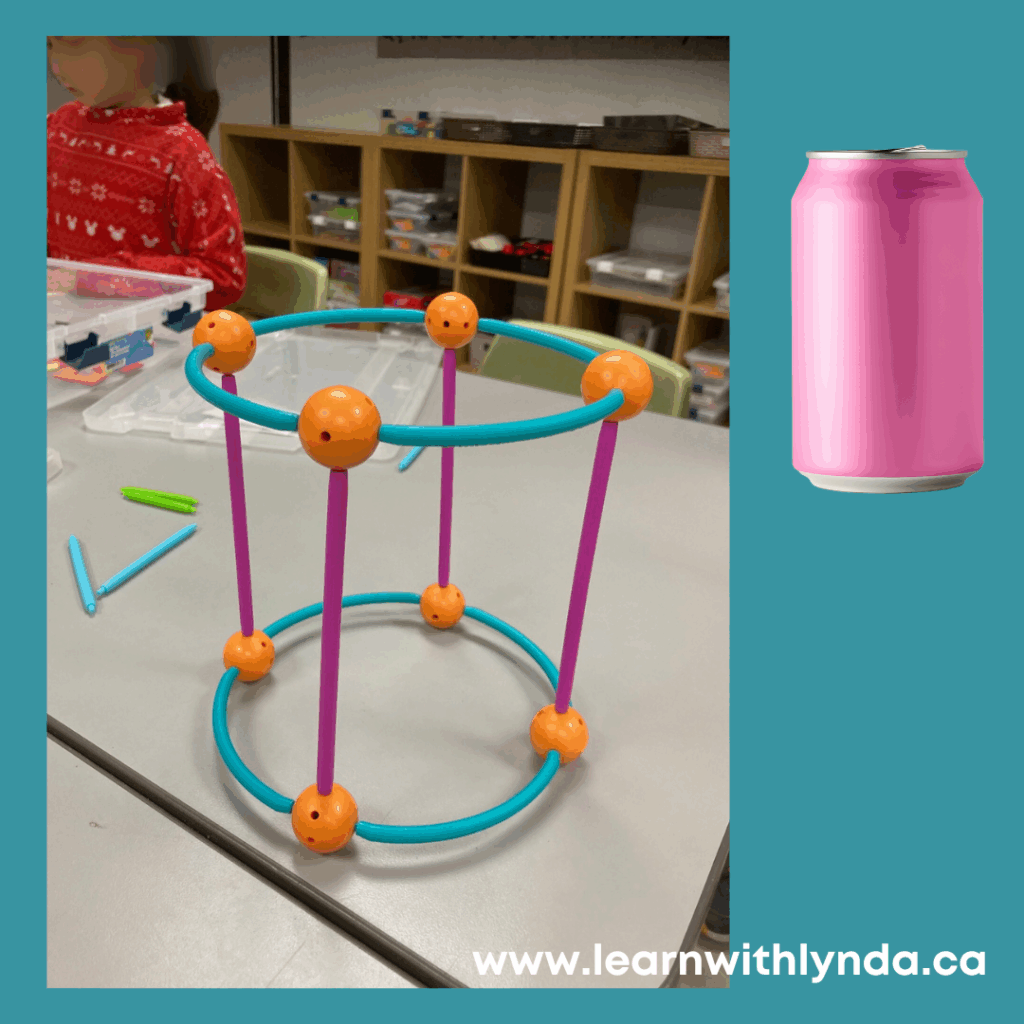
Examples of Hands-On Learning Activities for Grade 1
Here are some practical, playful learning invitations you can try at home or in the classroom:
- “Mystery Bag” Sorting: Put a variety of 3-D solids (blocks, balls, cones, cylinders) into a bag. Without looking, children pull one out, feel it, and guess what it is. Then they sort it with others and explain their sorting rule.
- Composite Shape Building: Provide building materials (e.g., clay, interlocking cubes, wooden blocks). Ask students to build a composite object and then explain what 2-D and 3-D shapes they used.
- Shape Hunt Around the Room: Go on a “shape safari” in your classroom or at home. Ask students to find real-world examples of 3-D shapes and identify their faces, edges, and vertices.
Tips for Educators and Parents
- Be patient with language: It takes time for young children to learn and use geometric vocabulary. Model the language (“This side is flat — it’s called a face.”) and encourage them to repeat it.
- Use a variety of materials: Don’t rely on just one kind of object. Use blocks, playdough, recycled cartons, felt, and other manipulatives. Different textures and materials deepen understanding.
- Reflect together: After an activity, have a short discussion. Ask, “How did you sort those shapes? What did you notice?” Encourage children to use their own words and link back to curriculum ideas.
- Connect to the real world: Point out shapes in everyday objects — in the playground, in the kitchen, in books.
Hands-on learning isn’t just fun — it’s deeply meaningful. When Grade 1 students touch, build, sort, and explore 3-D shapes, they are meeting important curriculum outcomes in a way that builds understanding, vocabulary, and curiosity.
As adults, our role is to guide, ask good questions, and provide rich materials — but the real magic happens when children learn by doing.
Happy Learning,
Lynda
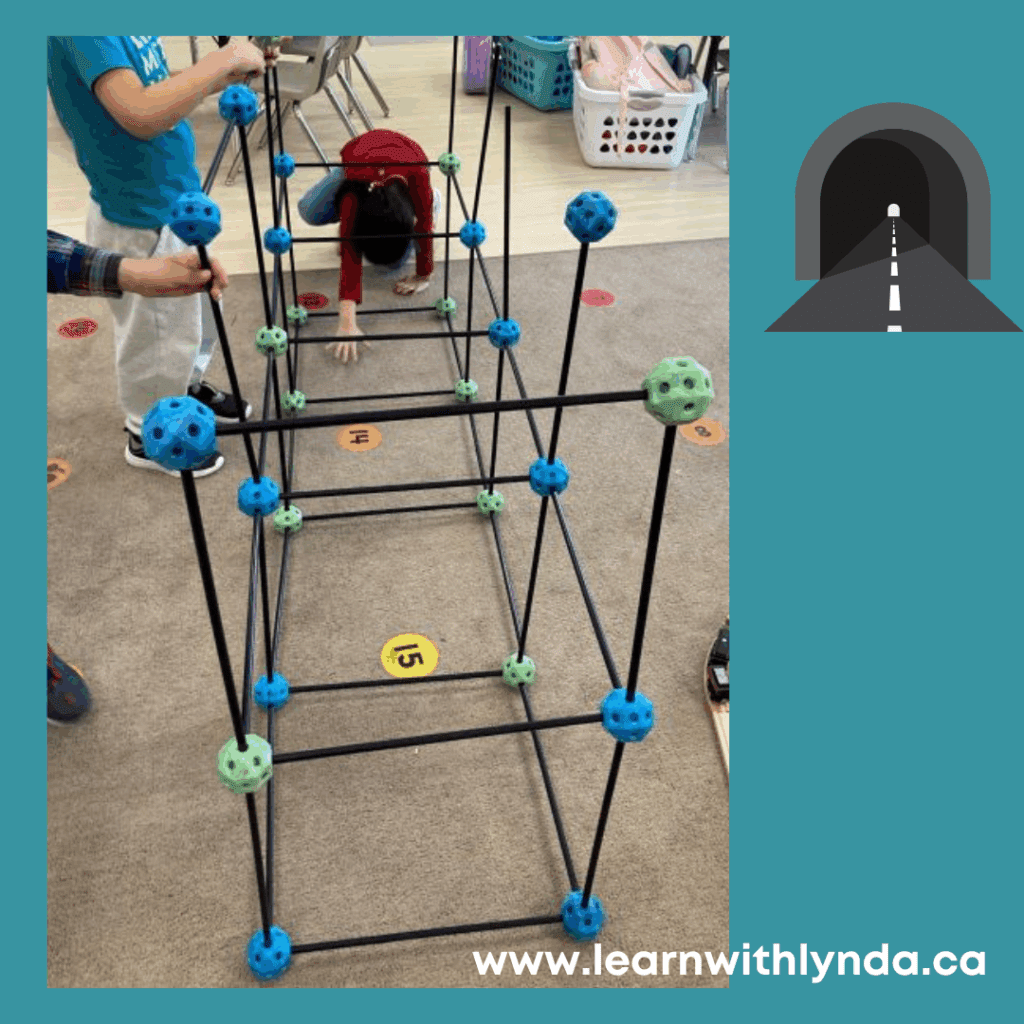
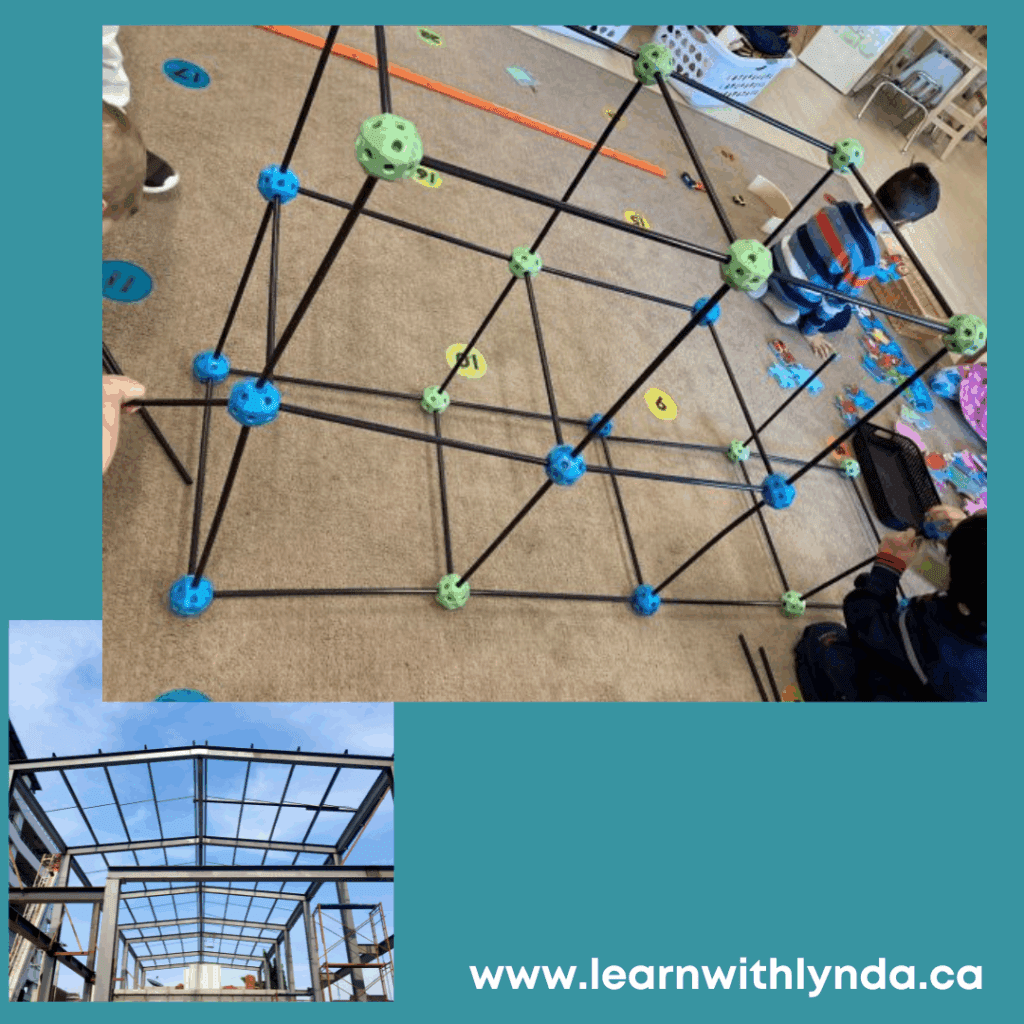
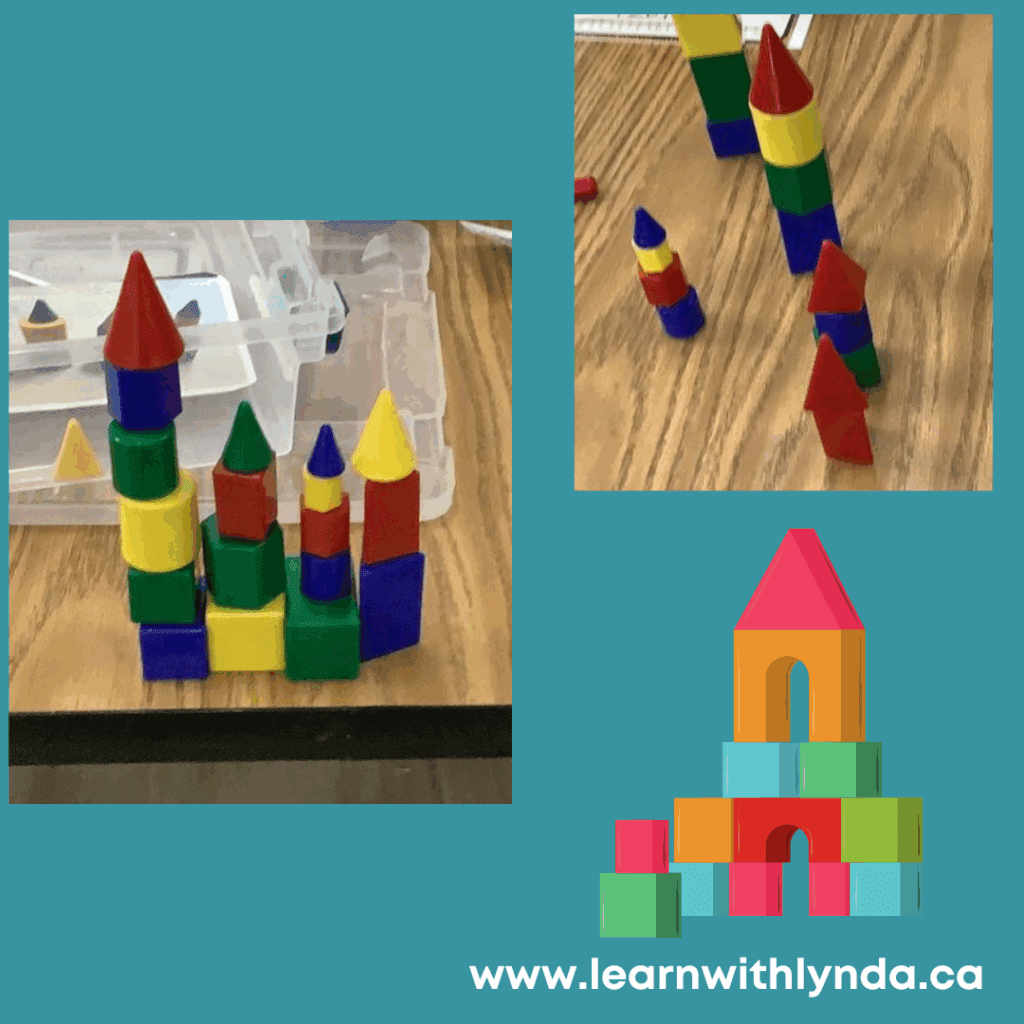
Do you have my Free Playful Learning Guide ?


